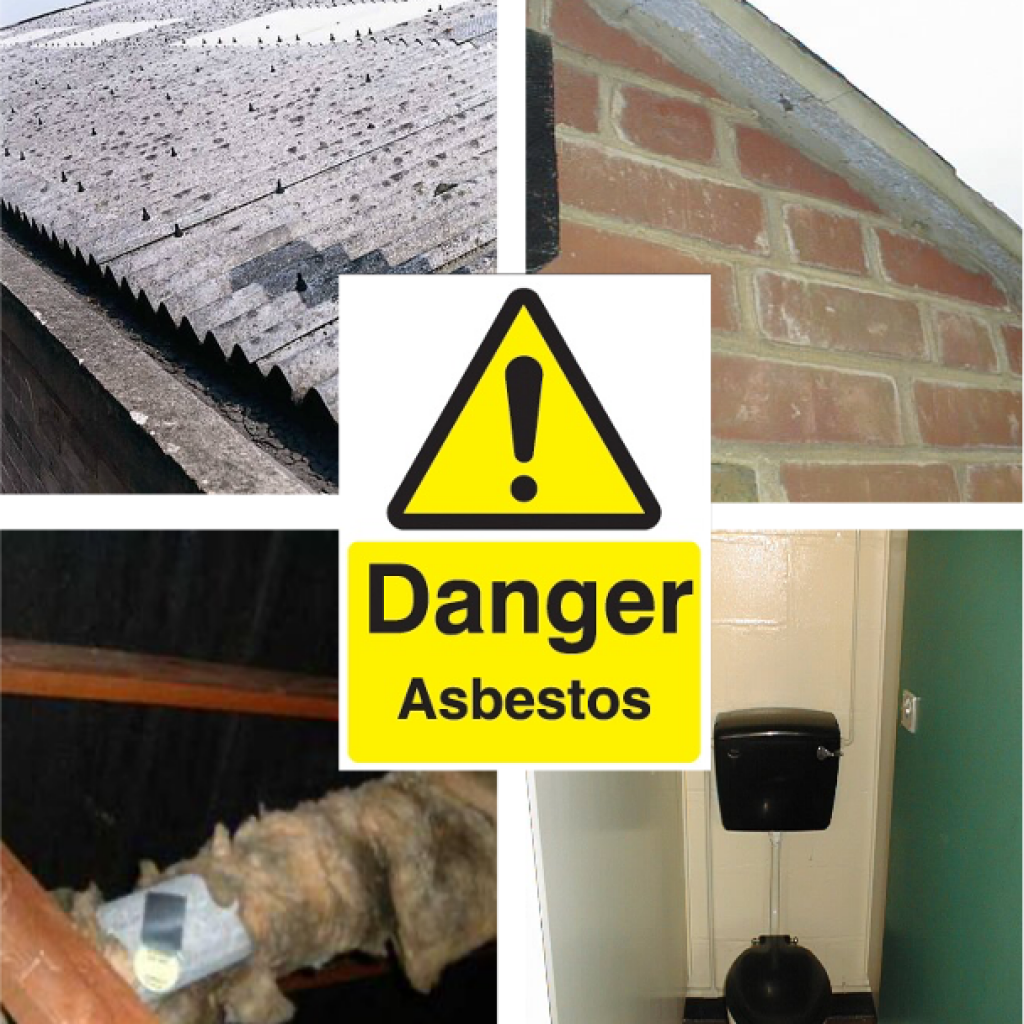Archives
now browsing by author
Why you should do your Level 6 NVQ in Construction Site Management or Level 7 NVQ in Senior Construction Management with Aven Training
Aven Training can help you achieve your Level 6 NVQ in Construction Site Management or Level 7 NVQ in Senior Construction Management in just two to three months.
That means successful candidates in both NVQs will be able to get their site manager’s CSCS black card and those who pass their Level 7 will be fast-tracked into becoming members of the Chartered Institute of Building (CIOB).
The Level 6 course costs just £1,600 plus VAT (payable in 2 instalments) while the Level 7 is slightly more at £1,750 plus VAT, again payable in two instalments.
The Level 6 course is for site-based construction managers or assistant site managers while the Level 7 is aimed at project managers, senior site managers, company directors and senior surveyors.
Both courses are approved by the Government’s Office of Qualifications and Examinations Regulation (Ofqual) and Construction Industry Training Board (CITB).
They can be completed remotely via our online training or face-to-face by fully qualified professional assessors who are members of the Chartered Institute of Building (CIOB).

The NVQs are assessments of people’s ability to do the role so there is no exam but candidates must build an online portfolio of work-based evidence proving they have reached the required standard.
Some companies and candidates prefer face-to-face training and we are more than happy to do that while others opt for online training which gives them more flexibility to do it at their own pace depending on work commitments. People may, for instance, be working away from home for long periods.
Whichever way you chose, Aven Training will guide you expertly through the entire process and give you all the information you need to pass the NVQ. You’ll have a dedicated and experienced trainer from Aven who will be there to support you all the way.
The Level 6 is for site managers responsible for leading construction projects including logistics, resources, finances and risk assessment. They will be assessed on all those core areas along with communication, client satisfaction and sustainability.
They will need to produce evidence which can include:
- Assignments, projects or reports
- Observation reports by the assessor
- Witness testimony
- Candidate product
- Worksheets
- Professional discussion
- Record or oral and written questioning
- Recognition of prior learning
Everyone who passes will be able to apply for their black Construction Skills Certification Scheme (CSCS) card which shows they are qualified to safely and efficiently manage construction projects from planning to completion.
It’s a vital qualification for those eager to work in construction management roles, increase their career prospects and earnings and they will also be able to apply for membership of the Chartered Institute of Building (CIOB), the Chartered Association of Building Engineers (MCABE) and associate membership of the Royal Institution of Chartered Surveyors (RICS).
How a £25 asbestos awareness course could save hundreds of thousands of UK workers from harm
Asbestos remains a serious danger to millions of people in the UK so it’s vital people likely to come into contact with it know the dangers.
The non-profit UK Asbestos Training Association (UKATA) – the largest in the country which sets the highest standards – is dedicated to saving lives from asbestos and has trusted training companies that now do an asbestos awareness course for just £25 per person.
Asbestos is usually all right if left alone, but once disturbed or damaged it will send microscopic asbestos fibres into the air which are potentially dangerous if breathed in, leading to asbestos-related conditions later in life. This is why anyone likely to come into contact with asbestos needs to know how to recognise it and what to do should it be disturbed which is why the asbestos awareness courses are so important.
One of its leading asbestos awareness training members in the north of England is the Aven Partnership based in Huddersfield, West Yorkshire, which trains huge organisations such as local councils down to small and medium businesses.
According to the Health and Safety Executive in the UK, asbestos can potentially be found in any building constructed before the year 2000.
A UKATA spokesman said: “Anyone likely to disturb asbestos during their work must receive the correct level of training, keeping themselves and others safe. It’s the law. Asbestos was used in more than 4,000 products and still remains in more than 1.5 million buildings in the UK.
“Sadly, exposure to asbestos kills more than 5,000 people in the UK each year which is why its vital that anyone likely to come into contact with it has gone through out asbestos awareness course.”
Aven Training director Nigel Chilvers said: “It’s amazing how many people potentially do come into contact with asbestos during their normal working lives so it’s crucial they know what it looks like and what to do next. The course is just four hours long but the advice is something that will stay with people throughout their working lives and, hopefully, will keep them safe.
“We do the course face-to-face with groups of people as we think that’s a far more powerful and memorable way to do it than online. People tend to remember it far better than if it’s just another online course.”
The course provides guides on how to avoid exposure to asbestos and outlines how to identify those materials that may contain asbestos and where they might be found.
The working people who should do the asbestos awareness course with Aven Training include:
General maintenance workers
Facilities managers and staff
Cleaners
Electricians
Plumbers
Joiners
Painters and decorators
Plasterers
Construction workers
Roofers
Shop fitters
Gas fitters
Heating and ventilation engineers
Demolition workers
Telecommunication engineers
Fire/burglar alarm installers
Computer and data installers
Architects
Building surveyors
What the UKATA Asbestos Awareness Course Covers
- The properties of asbestos and how to recognise it.
- The effects asbestos exposure can have on health. This includes the increased risk of developing lung cancer for workers who smoke.
- The types, uses and likely occurrence of asbestos and asbestos materials in buildings.
- How to avoid the risk of exposure to asbestos by following the control measures that are in place to manage this.
- The general procedures that you must follow to deal with an emergency. For example, in response to an uncontrolled release of asbestos dust into the workplace.
To organise a UKATA Asbestos Awareness Course with Aven Training contact Nigel Chilvers on 07779 982188 or email nchilvers@aventraining.com
What is asbestos and why is it so dangerous?
We’ve all heard of asbestos and that it can be deadly to health but what is asbestos and what industries have used asbestos over the years?
Asbestos is a group of six natural minerals made up of heat-resistant fibres and were popular because they could be used in a wide range of industries and added to cloth, paper, cement, plastic and other materials to make them stronger.
According to the Health and Safety Executive in the UK, asbestos can potentially be found in any building constructed before the year 2000 and accounts for 5,000 deaths in this country every year.

Asbestos has been used widely in insulation products but it’s now known that if asbestos dust is inhaled the fibres can become trapped in the body causing inflammation and scarring in the lungs over years, possibly leading to deadly diseases like the rare but aggressive cancer asbestosis. There is no way to reverse the terrible damage it causes.
The three most common types of asbestos fibres used in the UK were brown (known as crocidolite), brown (amosite) and white (chrysotile).
Microscopic asbestos fibres are easily inhaled once they become airborne which is why products containing asbestos must never be disturbed. Once this fine dust containing asbestos fibres is triggered it can quickly get into the lungs and cause damage over time.
The Government treats the danger so seriously that it passed legislation, The Control of Asbestos Regulations 2012, with a set of strict regulations and one of them is that anyone likely to disturb asbestos during their work must receive the correct level of training to keep themselves and others safe.
The regulation states: “Training is mandatory for anyone liable to be exposed to asbestos fibres at work.”
The non-profit UK Asbestos Training Association (UKATA) – the largest in the country which sets the highest standards – is dedicated to saving lives from asbestos and has trusted training companies that now do an asbestos awareness course for just £25 per person.
One of its leading asbestos awareness training members in the north of England is the Aven Partnership based in Huddersfield, West Yorkshire, which trains huge organisations such as local councils down to small and medium businesses.
If asbestos inside buildings is left alone it poses no real danger. But when it’s damaged or disturbed tiny asbestos fibres can be released into the air and enter people’s lungs when they breathe in. The asbestos fibres can then damage the lungs and their lining.
How was asbestos used?
Asbestos was used in more than 4,000 products and before its dangers were known it was often used in buildings for insulation, flooring, roofing, and was sprayed on ceilings and walls. Its use is now banned in the UK, but buildings constructed before the year 2000 may still have asbestos in them.
People who worked in industries such as construction, ship-building, vehicle brake pad manufacturers, textile industry when making heat-resistant products such as fire blankets, ceiling and floor tiles, insulation and pipe-lagging industries may have been exposed to asbestos, especially from the 1970s to the 1990s.
Asbestos was often sprayed on steel columns, aluminium sheets and other metal structures that needed to withstand high temperatures.
Asbestos was used in lots of public buildings such as hospital and schools and there are increasing numbers of nurses, teachers and former pupils suffering with severe asbestos-related illnesses.
Today people are only likely to come into contact with asbestos if it is disturbed or damaged in old buildings which is why the £25 asbestos awareness course from the UK Asbestos Training Association (UKATA) and run by Aven Training in Huddersfield, West Yorkshire, is so important.
What is asbestosis and who can suffer from it?
People most at risk are those who worked in industries that used asbestos many years ago as they will have breathed in the tiny asbestos fibres which will have caused damage to their lungs over several years, sometimes leading to the aggressive cancer called asbestosis.
It is called this because it’s caused only by exposure to asbestos.
But people who have lived with a worker exposed to asbestos can also get it. The may well have had asbestos fibres on their working clothes and family members could have breathed them in. There are cases of wives of workers suffering from asbestosis after washing their husband’s work overalls. It’s also thought that workers coming home covered in asbestos on their overalls and then hugging their children or wives could have exposed them to it. This is known as secondary or shakedown exposure.
Although most asbestos diseases require substantial exposure to asbestos over a long period of time there is no safe level of asbestos exposure.
Or, as Dr Robin Rudd, a medical expert in asbestos cases and mesothelioma, puts it: “Mesothelioma can occur after a low level of asbestos exposure and there is no threshold dose of asbestos below which there is no risk.”
Asbestos-related diseases can take anywhere between 10 and 50 years to develop and then surface as a serious or terminal illness.
Nowadays, the people most at risk are those who breath in the tiny asbestos fibres if asbestos has been disturbed which is why it MUST be left alone and, if it needs to be removed, only use a recognised asbestos removal specialist.
Asbestosis is a rare, long-term lung condition which usually develops around 20 to 30 years after people have breathed in asbestos dust.
Asbestos fibres can get lodged inside lungs, causing scarring and thickening around air sacs, meaning it’s more difficult for oxygen to reach the blood stream.
The scarring causes lungs to shrink and harden, meaning they can’t hold as much air as they used to and the person becomes short of breath.
Other symptoms include a persistent cough, a wheeze, fatigue or extreme tiredness, pain the chest or shoulder and, in more advanced cases, swollen fingertips.
There is no cure for asbestosis and it’s impossible to reverse the lung damage.
But, not everyone who has been exposed to asbestos will go on to suffer from asbestos. There are other conditions caused by exposure to asbestos.
Inside your chest there are two thin layers of cells called the pleura or pleural membrane. Each layer is about as thin as the skin of a balloon with the inner layer covering the lungs and the outer layer lines the inside of the rib cage.
If people have been exposed to asbestos it’s common for areas of the pleura to become thickened. These areas are called pleural plaques.
It’s thought that around 36,000 to 90,000 people develop pleural plaques in the UK every year but they are considered harmless and many people in the UK have them, often without even knowing about it.
Asbestos can also cause a severe disease called Mesothelioma, a type of cancer that affects the pleural membrane around the lungs. Like asbestosis, symptoms of mesothelioma only develop many years – usually several decades – after being exposed to asbestos.
The condition is slow to appear and then quick to progress and some of the main symptoms are breathlessness, coughing, weight loss, persistent pain in the chest or shoulder.
As mesothelioma develops it often causes fluid to build up in the chest. This is known as a pleural effusion which takes up some of the space inside the chest, in effect squashing the affected lung, restricting its ability to expand causing the suffered to feel constantgly out of breath.
To organise a UKATA Asbestos Awareness Course with Aven Training contact Nigel Chilvers on 07779 982188 or email nchilvers@aventraining.com

 D5 Creation
D5 Creation